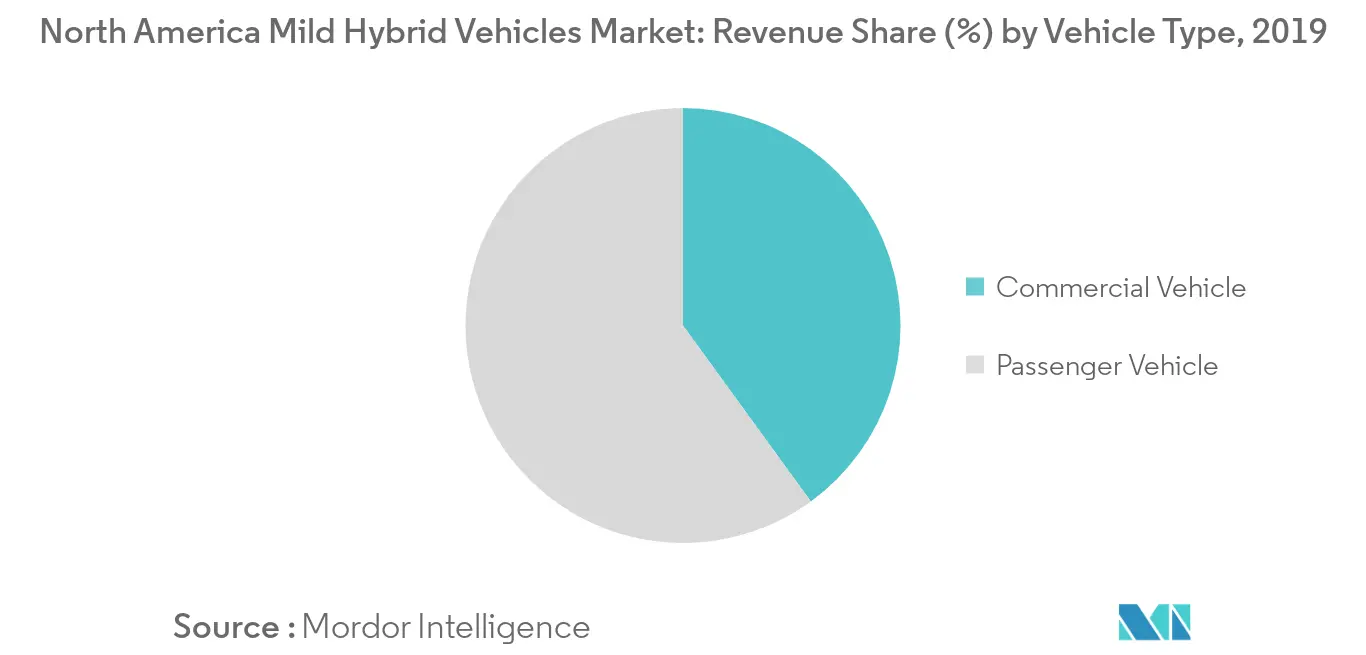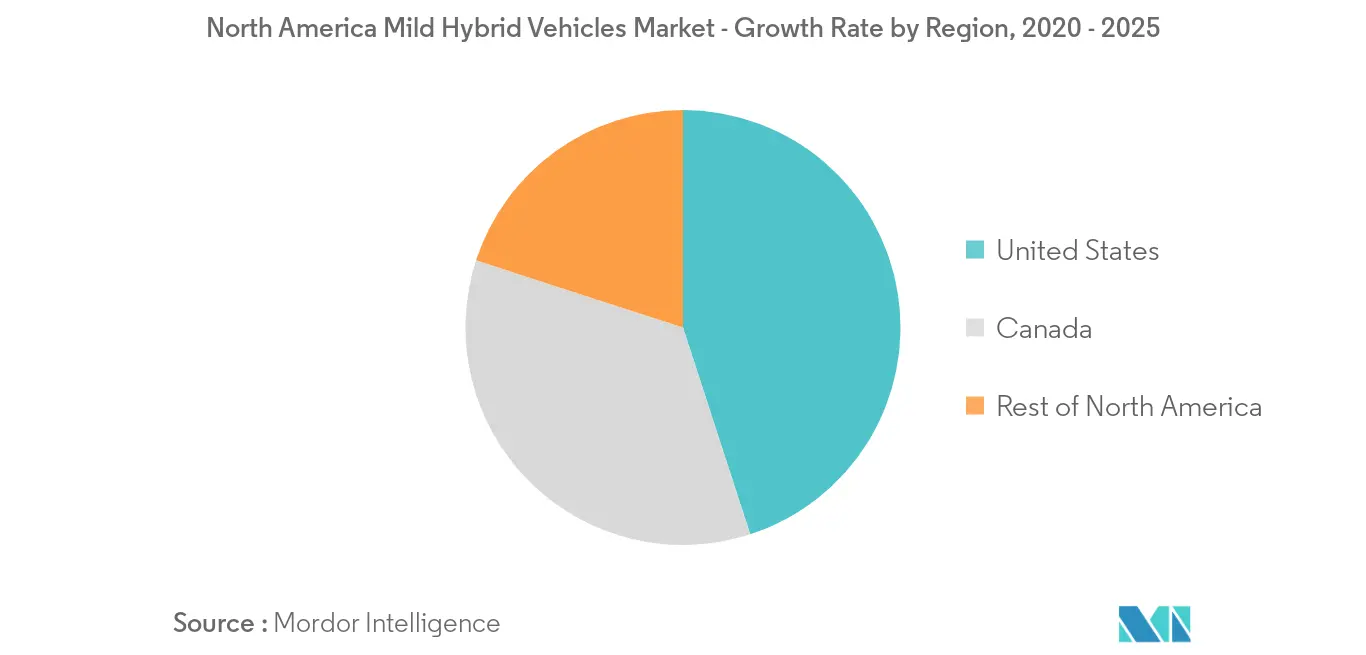Market Trends of North America Mild Hybrid Vehicles Industry
This section covers the major market trends shaping the North America Mild Hybrid Vehicles Market according to our research experts:
Mild Hybrid Vehicles will face competition from HEV and PHEV
The significant benefits of the Mild Hybrid system are its smooth engine start-up, battery charging with kinetic energy, and short distances that can be covered on electric power along with reduced overall fuel consumption.
Fully hybrid cars are an evolving market with a growing dependency on E.V. types. However, mild hybrids still offer fuel efficiency between 10 and 15 percent compared to any conventional gasoline/diesel engine cars. Also, the production of Mild hybrid vehicles is placed at lower prices as they are not quite as sophisticated as to a full hybrid vehicle becoming less expensive to its counterpart. Several high-profile companies are still producing mild hybrid cars, and these include General Motors, BMW, Audi.
For instance, the Audi Q8 system's 48-volt primary electrical system has two crucial components, a lithium-ion battery, and a belt alternator starter. As a result, during braking, it can recover up to 12 kW of power and feed it back into the battery. The MHEV technology also enables long coasting phases allowing the engine to deactivate and allow start-stop range beginning at 22km/h.

United States Remains the Largest Market
Driven by growing concerns on deteriorating air quality in the U.S., various government policies have been implemented to reduce the effects of diesel engine emissions on human health and the environment. Across the globe drastic measures are being taken to adopt and enforce tighter vehicular emission regulations. The main aim is to minimize unburned hydrocarbons, nitrogen oxides (NOx), and particulate matter (PM).
Mild hybrid technology was introduced in 2001 in the U.S. markets. Toyota Mild Hybrid System(THS-M) was the first car into mass production with dual voltage(42V/14V) . A recent study suggests 23% of U.S. customers will consider purchasing mild-hybrid engine types in the year 2019. This indicates that mild-hybrid has remained for almost 20 years in the U.S. markets and will continue to be so.
Even today, electric vehicles contribute to only 2.1% of total cars sold in cars. Due to the short battery range, high costs for purchase and maintenance, a large section of U.S. customers will continue purchasing gasoline engine cars. Moreover, with oil prices are seeing steep fall since the start of 2020, car owners could opt for a gasoline installed engine with a mild-hybrid motor instead of switching to E.V.
But this can't remain the case in the future, especially in the U.S., as sales suggest an increase in the rise of the mild hybrid cars(MHEV). Still, at the same time, Hybrid electric vehicles(HEV) and Plug-in hybrid electric vehicles(PHEV) are seeing much more significant growth.


